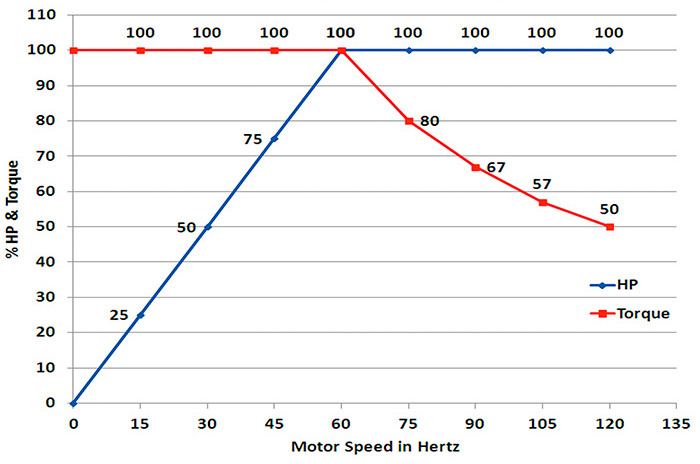Trent ks
Member
Hi there! Sorry if this is a rinsed question.
I recently acquired a sb 14.5" x 7 and was thinking about getting a VFD. However since I have 3PH in my warehouse already I have been curious about these 3ph to 3ph VFD's available. I haven't been able to find any posts from others who use them. Would there be any benefit to these 3ph to 3ph over 1ph to 3ph? I don't have a problem switching the belt on my smaller sb 9" so VFD isn't exactly a necessity but I've seen some nice benefits from other users.
Another question is should I keep to the 1.5 HP book specs for my motor or move to 2HP+?
Thanks a million!


I recently acquired a sb 14.5" x 7 and was thinking about getting a VFD. However since I have 3PH in my warehouse already I have been curious about these 3ph to 3ph VFD's available. I haven't been able to find any posts from others who use them. Would there be any benefit to these 3ph to 3ph over 1ph to 3ph? I don't have a problem switching the belt on my smaller sb 9" so VFD isn't exactly a necessity but I've seen some nice benefits from other users.
Another question is should I keep to the 1.5 HP book specs for my motor or move to 2HP+?
Thanks a million!

